With the current release of the Blumhouse-produced Halloween, and the projected slaying (I’m sorry) of box office milestones it has in its sights, one wonders whether we’re close to getting a Michael Myers comic.
The comic tie-in is an expectation that now comes with these kinds of productions, precisely because so many licenses are getting their own comics. Video gamers can indulge in Overwatch comics, with Halo comics preceding them. TV series like Buffy have long-standing runs with their own classic story arcs, along with newer series that keep the story going like Riverdale and The Expanse. Even wrestling fans have a chance to extend their time in the squared-circle with BOOM!’s WWE series (complete with annuals and back-up series focused on NXT).
Is it time for Michael Myers to have a comics universe of his own? Should he have one? With branching story threads and deep dives into the history of Haddonfield, perhaps? The thing is, Halloween comics have existed in the past, and they’re still waiting for a chance at making it to the mainstream.
Chaos Comics, a horror-centric comics publisher that was founded in 1994 and survived all the way up to the early 2000s, gave Michel Myers his own semi-origin comic. It takes place some time after the events of Halloween: The Curse of Michael Myers, but it’s mostly preoccupied with flashbacks that look at little Michael’s time in Smith’s Grove Sanitarium, where he’s put under the care of Dr. Loomis. The doorway to these flashbacks is Tommy Doyle, the kid who escaped Myers’ killing spree in the John Carpenter movie and then proceeded to try and kill the boogeyman in The Curse of Michael Myers. He’s looking for Loomis’ personal diary so he can turn it into a book on the Haddonfield murders. Most of the comic takes place in the Sanitarium, where Loomis steps up to carry the story.
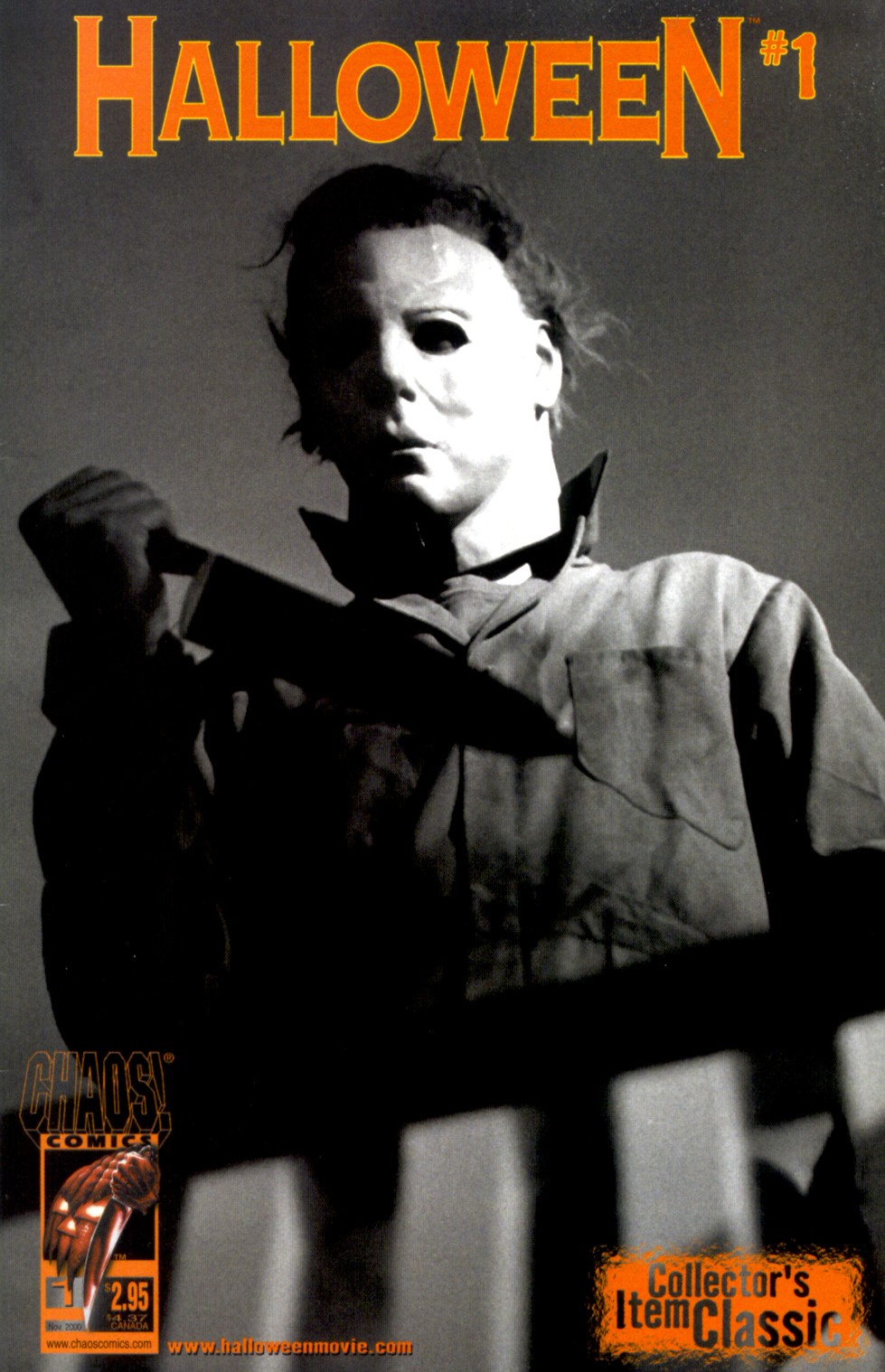
Comic books are fertile ground for these types of sequences. They thrive on myth-making and Halloween is steeped in it. Although this can also offer an argument against the comic. Michael Myers is a such an impressive symbol of horror precisely because we know so little about him. He is evil, but there is no concrete explanation as to when that evil was switched on and why it took over so completely. Halloween’s kind of horror heavily relies on the unknown. Any attempt at a comic such as this would require careful consideration as to how much should be revealed about The Shape—the name that appears in the end credits of Carpenter’s movie, next to the name of the actor that played the masked version of Michael Myers, Nick Castle. The name was later uttered by the Laurie Strode character (Jamie Lee Curtis) in 2018’s Halloween.
One way a Halloween comic could work is if the Myers mythos is taken up by an external element that affects other elements that surround the killer. Haddonfield itself could cover it, providing an opportunity to look at how the Myers killings took over the town and its identity. If a future comic sticks to the movie formula, it could take the form of a longer confrontation that sees different types of characters reacting to the memory of Michael Myers. It can explore other kinds of fears Michael can inspire in people.
Whatever the concept, whatever the excuse, pulling off a good Halloween comic is not an easy task. Screenwriters David Gordon Green, Danny McBride, and Jeff Fradley found a clever way to inject fresh horror into the formula by adding a generational aspect to the Strode family traumas. The memory of the first encounter serves as the existential drive for Laurie and her refusal to become a victim. Rather, she becomes a survivor and a protector, even if it comes at the cost of her family. Gordon’s Halloween builds around established characters in a subtle way that doesn’t turn the story into an unrecognizable version of the original. It’s an homage as much as a new rite of passage for the franchise. A Halloween comic could use this movie as a blueprint for future stories.
Halloween deserves another stab at comics (sorry again). Should it come to fruition, it requires a softer, more calculated touch than people might think. Carpenter’s 1978 classic works because every shot had a purpose and it said something about the nature of evil. Every death served the story and every drop of blood added to the legend of Michael Myers. Comics can further this legend and make it stronger by respecting the mystery of his kind of evil and by carefully treading through the things Carpenter purposefully left unknown. The boogeyman deserves nothing less.


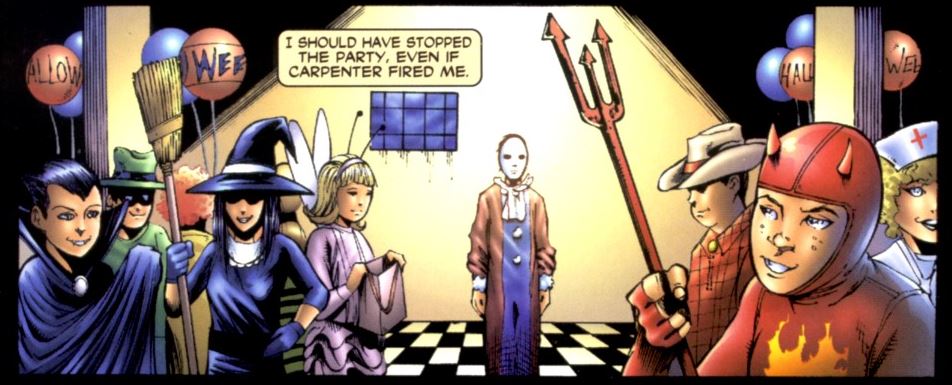
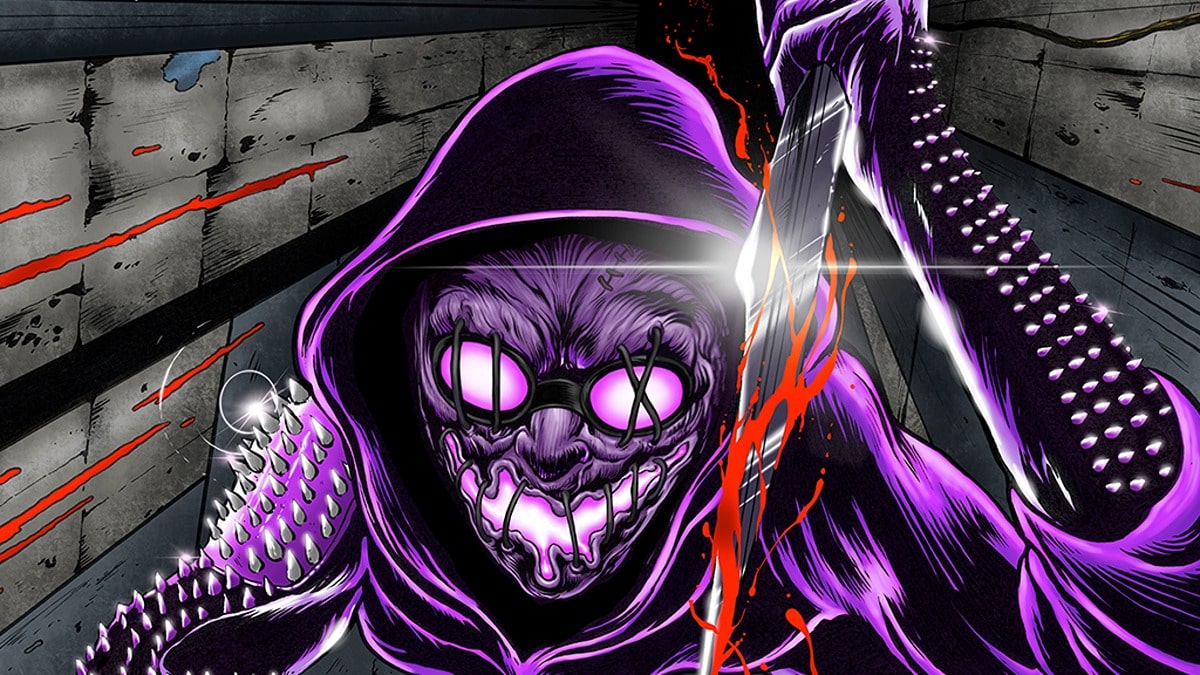
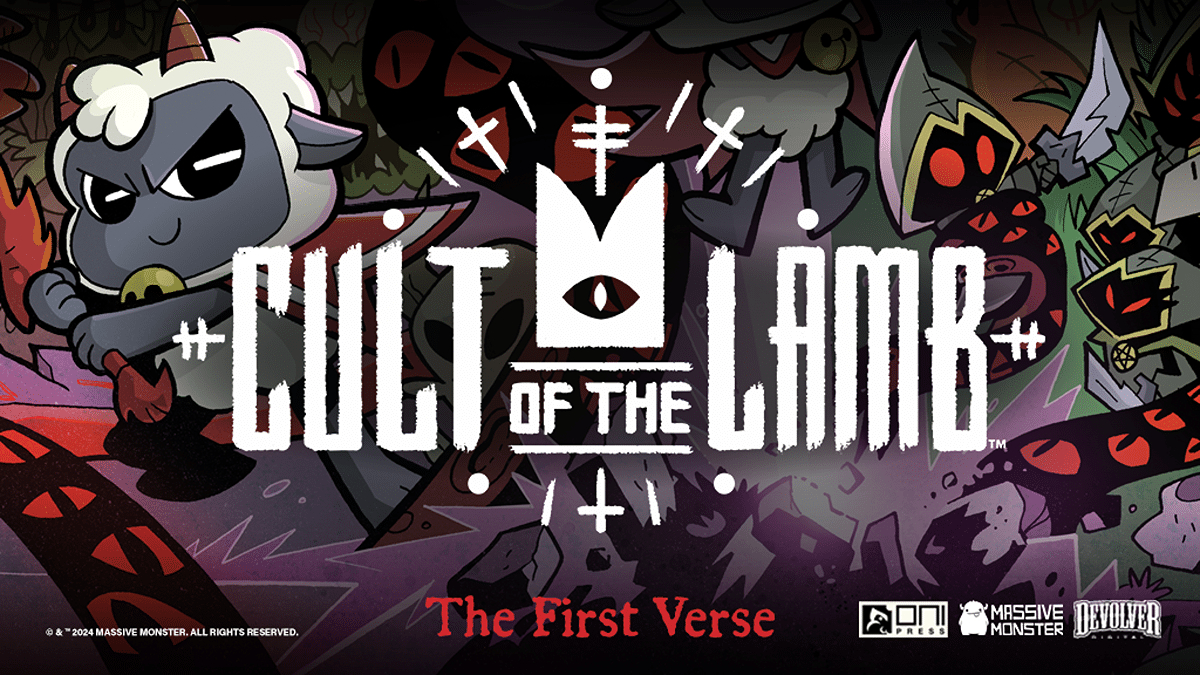
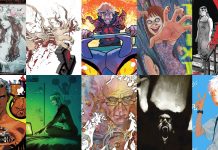
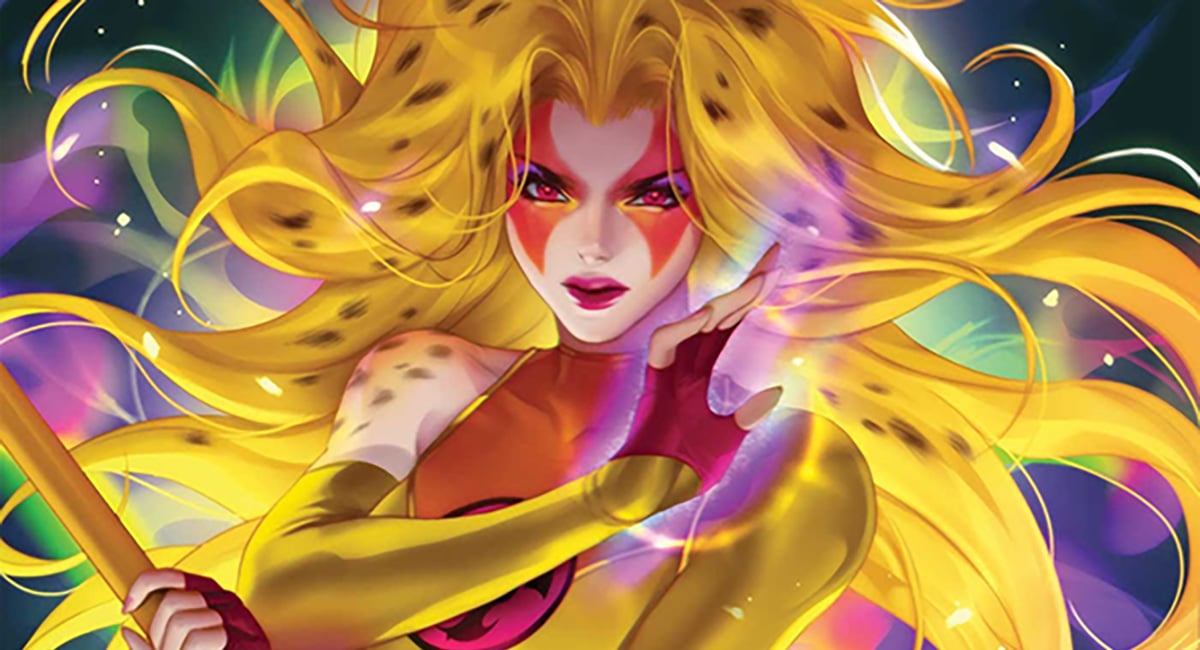

I heard really good things about the Halloween comics I believe Devil’s Due put out.
Comments are closed.